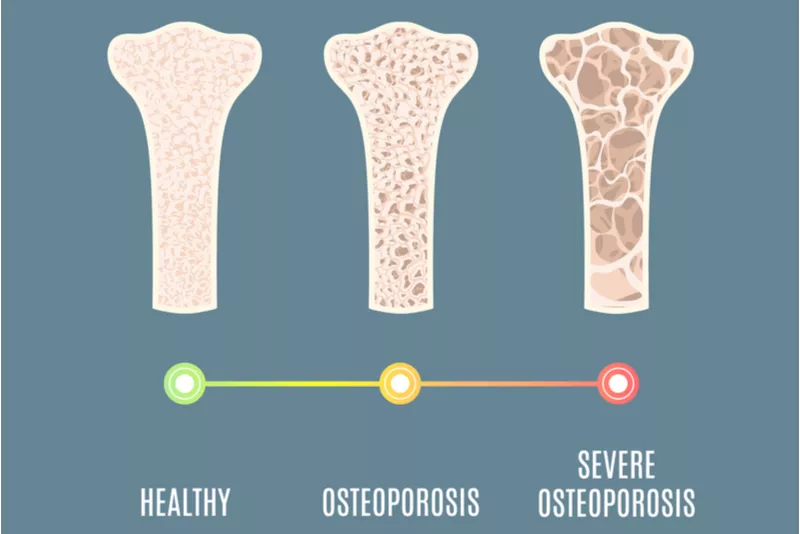Osteoporosis

Almost similar to osteopenia, though more severe in nature, osteoporosis is a type of disease that develops because of decreased bone mineral density or poor quality of bones, and when the number of broken bands outweighs, the replaced ones become so brittle. It is manifested through loss of bones or weak and easily fractured bones; a minor injury, cough, fall, or bump fractures quickly and breaks the bones. It is also called “silent disease” because it is not shown through noticeable signs; rather, this bone disease can only be noticed when bones from the hip, back, spine, hand or wrist are broken and can no longer be restored.
Most people who develop osteoporosis either lack sufficient amounts of calcium in their body from food intake or dietary plans. This could be due to having daily physical inactivity, having consumed alcoholic beverages regularly, smoking cigarettes, or having a family history of osteoporosis. Men and women over 50 are most likely to develop osteoporosis, which takes away their mobility to perform tasks independently. Studies show that it can also happen to women in their menopausal stage or after.










